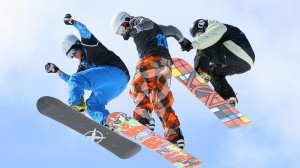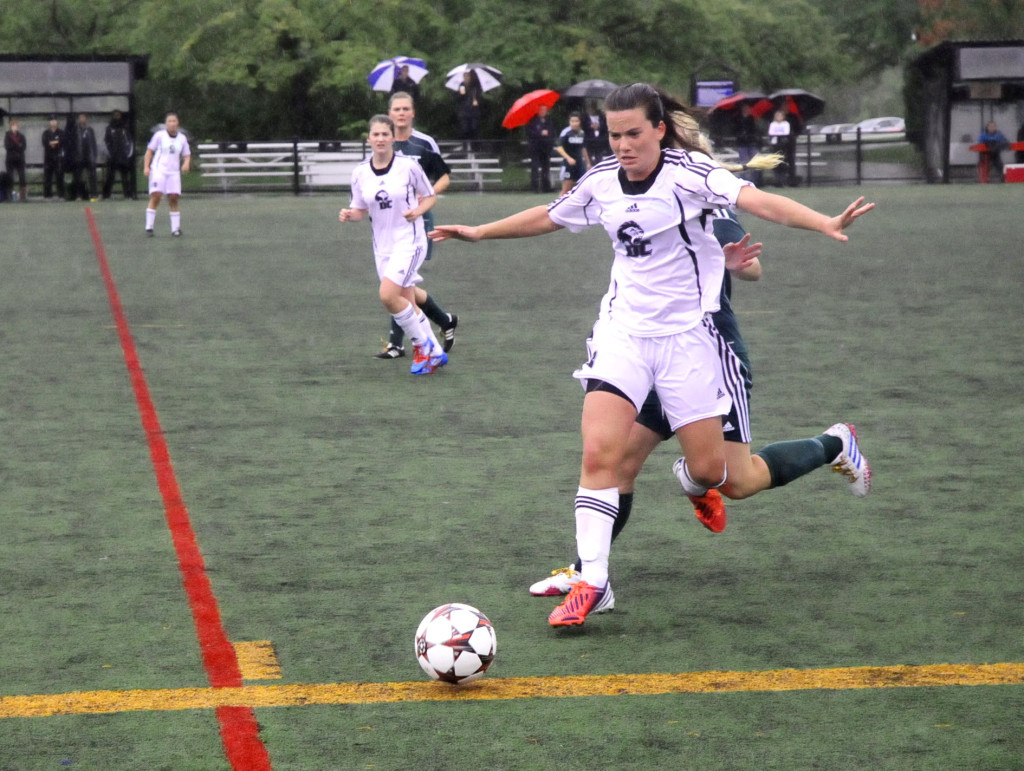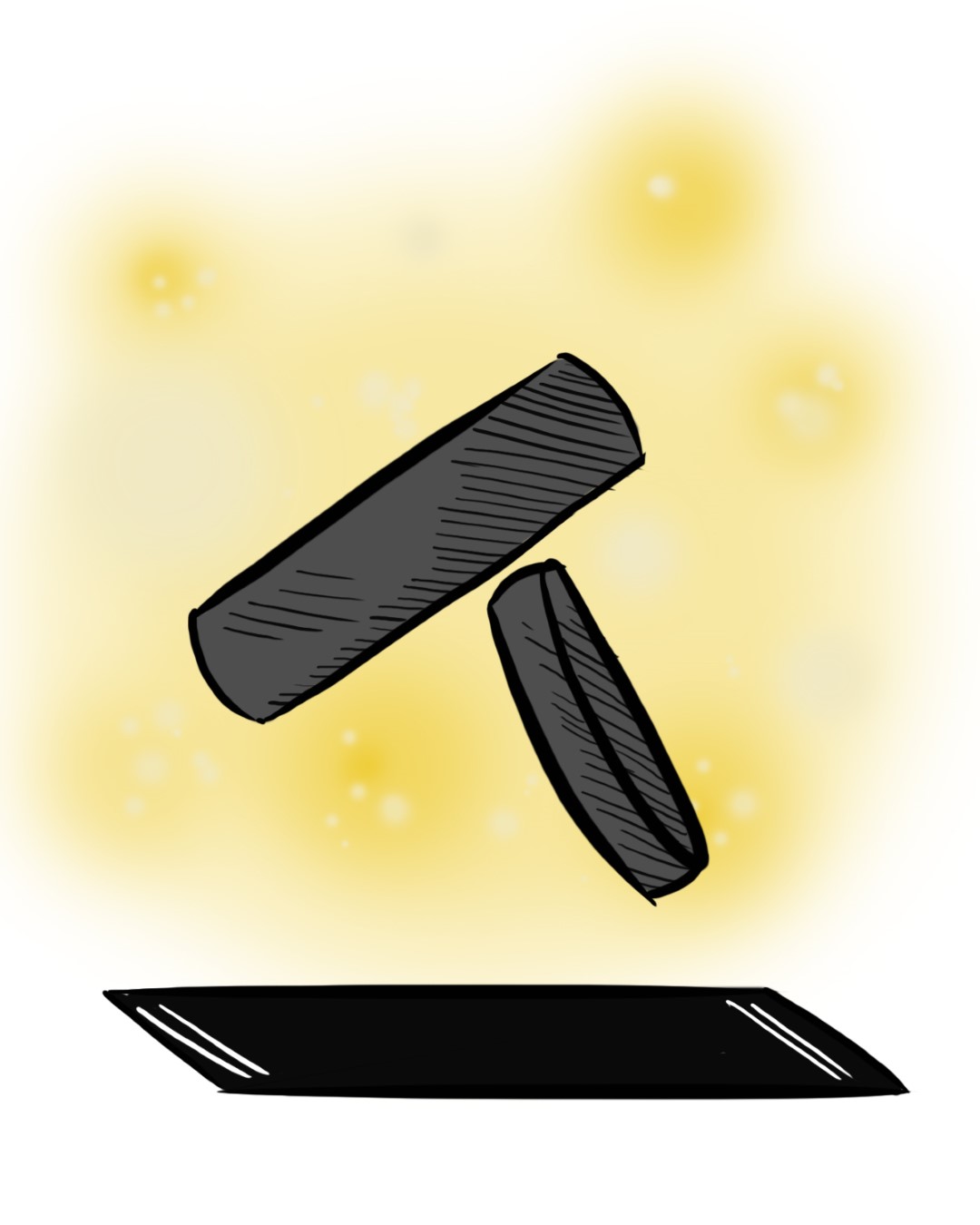
By Keating Smith, Staff Writer
It’s that time of year again when we look through our closets and garage to find our skiing and snowboarding gear, dust off the cobwebs, and lay down a fresh coast of wax. In anticipation of the winter season, here is a quick recap of what is happening at Mount Baker and Whistler Blackcomb, with some tips on how to save money and travel to the hill of choice safely.
Whistler Blackcomb: The world-renowned resort is open early for business, with both mountains offering the mid alpine available for skiing and snowboarding at this time. Take advantage of Whistler Blackcomb’s Student Season Pass. Douglas students must be full-time and no older than 29 for eligibility. The cut-off dateto purchase the $489 early bird rate is November 30. If this is too much money to fork out at once, take advantage of their EDGE card as it offers the flexibility of purchasing one, three or ten days at discounted prices. You must be a BC or Washington State resident to be eligible for the pass. Be aware that a blackout date will be in effect for your student pass during the last few days of December in order to accommodate all of the tourists on winter vacation.
There are several Greyhound buses that leave from downtown Vancouver and Pacific Central Station to Whistler daily with return tickets around the $30-40 range. If you are driving, park in the Creekside underground lot and upload here to avoid paying the parking fees at the base of Blackcomb. Finally, if you are really wanting to save on transportation costs, hitchhiking out from Whistler Village is incredibly easy and a good way to make a buddy or two.
Slow down on the Sea to Sky highway. West Vancouver Police and the Squamish RCMP love to bust excited skier and boarders on this stretch of road for speeding. Hot spots include Lions Bay and the areas entering and exiting Squamish and Whistler.
Mount Baker: The big marshmallow of a mountain that dominates the horizon to the south of us is currently boasting North America’s biggest snowfall for the early season after opening two weeks ahead of schedule. Although Baker is significantly smaller compared to Whistler, it offers some of North America’s best terrain and some of the largest snowfalls each season. Unfortunately getting to Mount Baker involves a vehicle. The easiest way to get there is to drive to Abbotsford and cross into Washington through the Sumas portal. On top of your passport, make sure you have either 4-wheel drive, winter tires or snow chains. The Whatcom County Sheriff’s department typically checks all vehicles heading to the mountain in the village of Glacier and if you do not have one of the three on your vehicle, you will be turned around.
DO NOT duck the ski boundary ropes at Mount Baker unless you have an avalanche beacon, probe shovel and a buddy who is also carrying the same life-saving equipment. If the Ski Patrol catches you out of bounds without this stuff, they will take your pass away and if you require a rescue in the backcountry, you will be charged a minimum of $500. On top of the large snowfalls Mount Baker receives, their backcountry is uncontrolled and unpatrolled so wandering into it with no avalanche or local knowledge is not recommended.
A day pass will run you $49 during the mid-week and $54 for a weekend pass. The ticket sales accept Canadian cash and credit cards, but not debit. If you really feel as if you can make a seasons pass to Baker worth it, you are looking at around $800. Regardless of what pass you get, I highly encourage everyone to check out Mount Baker. They also have some of the best tasting and inexpensive cafeteria food. Make sure to get there early in the morning as the mountain gets ‘shredded’ out in two hours on a big powder day.

